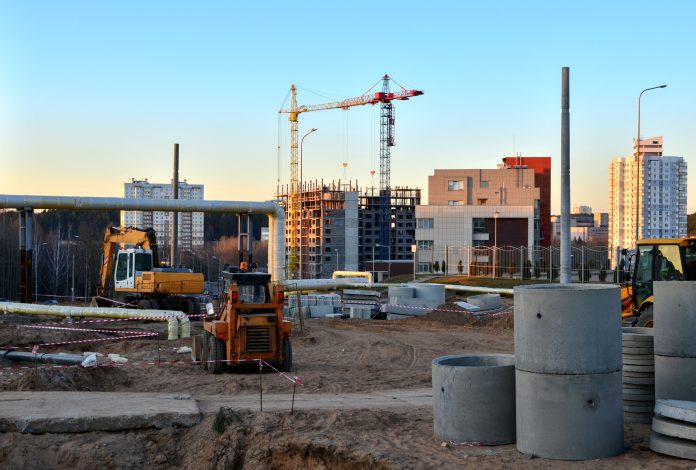Matthew Jones, founder of Open ECX, discusses resilience and growth in the construction industry and how to keep it sustainable with the help of digital solutions
Two years of price hikes, issues with the supply chains and site works coming to a halt, left the construction industry at the forefront of the impact of the pandemic. However, since late 2021 and into this year, we have seen a bounce back in the industry, driven by a desperation to return to pre-pandemic levels of income and work.
In late 2022 and into 2023, we can still expect prices to increase, and the uncertainty of the supply chain is still an ongoing issue, inflated by current events in Europe. At every level in the supply chain, companies will be doing all they can to protect margins, increase efficiencies and take out unnecessary costs which will likely result in an interest in digital e-trading solutions. It’s also hoped that with more people returning to work and a renewed desire to keep the industry buoyant, this bounce back to normality will long continue.
Construction output grew by 1.5% in May 2022
The latest figures released by the Office for National Statistics (ONS), put industry growth at 1.5% in May 2022, which was a record high in monthly-level terms since records began in 2010. New work saw the most growth, at 2.7% whilst repairs and maintenance work saw a slight decline, at 0.4%.
Although this is positive news, it’s crucial to understand the importance of this sudden growth in the construction industry being more sustainable moving forward. To support this growth, the industry as a whole must become more sustainable and climate-conscious. What the industry needs is an overhaul of processes and re-assessment of methods or materials that have the potential to become outdated or even scrapped in years to come.
To develop sustainably as a business, it’s important to strike a balance between innovating and retaining the trust of partners
As with any industry, sector growth can benefit some whilst being a challenge for others. However, the construction industry continuously showcases itself as a resilient industry with its ability to innovate and adapt. It’s important as service providers to offer solutions that help customers protect themselves through the peaks and troughs and to support sustainable sector growth.
Digital solutions make it easier for companies at any level in the supply chain to adopt a sustainable growth strategy, helping to drive costs down, improve margins and build sustainable trading relationships. In the move towards true sustainability in the construction industry, the use of technology will be key.
In construction, sustainable development is split into three key areas:
- Environmental impact – any project, business or product must meet environmental standards. This can refer to the geographical location of a project and its impact on the surrounding habitat and environment, however it also refers to the environmental impact of materials used. This is something that has become more important in recent decades, with greater awareness of the environmental impact of the industry and an increased desire to grow ethically.
- Social equity – the social impact should be measured on individual projects to support sustainable development in the industry overall.
- Economic viability – it’s important to assess the economic sustainability of a project, business or product as this is a key pillar for success.
Whilst it’s great to on-board as many customers as possible during a period of industry growth, it’s just as important to foster the longer relationships that you have already built and to treat customers as partners, by offering exceptional customer support and celebrating customer business growth and success. This will likely result in reciprocated support and loyalty to your business development.
Close relationships with customers
To be a sustainable business, it’s essential to anticipate the next big thing and any further market expansion. By having that close relationship with customers, you can anticipate future industry changes through them sharing their needs and feedback, which as a business you can then use to ensure you’re making the right decisions and growing in the best direction.
Essentially, there’s not a one size fits all approach to sustainable growth depending on the product, service, or project but it’s important to remember the core principles of business development even in periods of strong industry growth and expansion.














